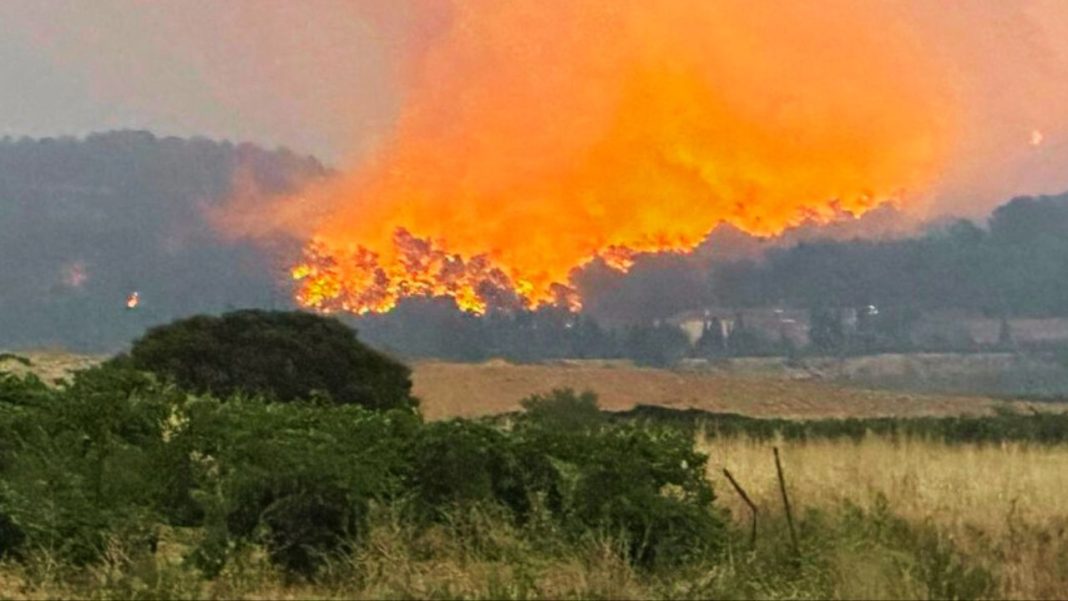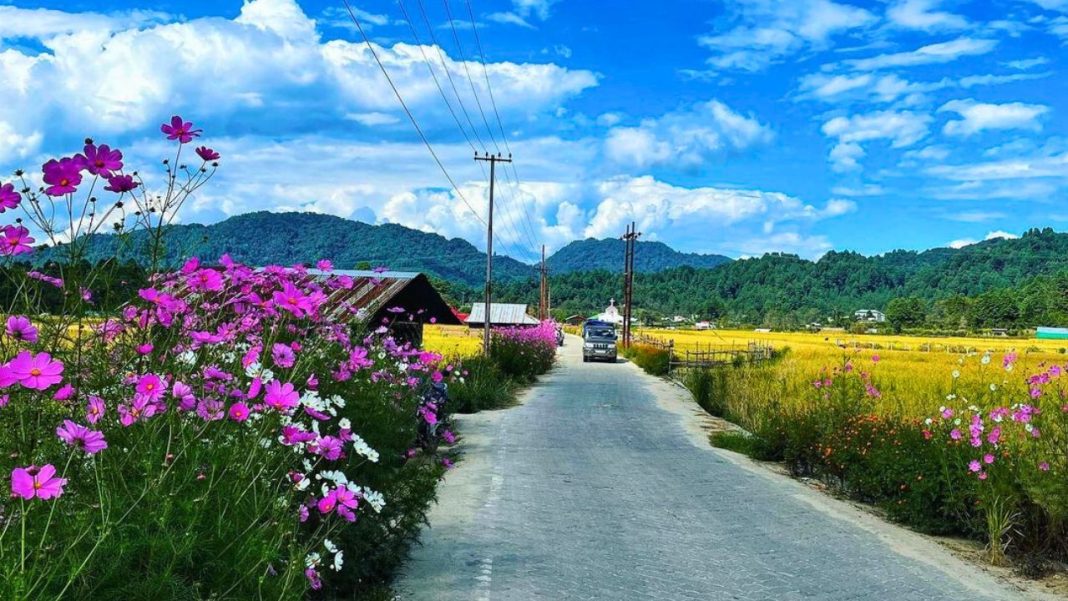Wildfires have been part of Earth’s natural cycles for centuries, but in recent decades, their scale, frequency, and intensity have reached alarming levels. Climate change, prolonged droughts, and human activity are fueling fires that are bigger, hotter, and more destructive than ever before.
From the scorched plains of Australia to the dense Siberian taiga, and from historic U.S. firestorms to recent megafires near the Grand Canyon, these disasters have left behind charred landscapes, shattered communities, and heartbreaking losses in wildlife. भारत, too, has witnessed an increase in forest fires, particularly in Himalayan and central regions, reminding us that no place is truly immune.
Here’s a look at the 12 largest and deadliest wildfires in recorded history—events that underscore the urgent need for stronger fire prevention, better land management, and global cooperation.
1. New South Wales Bushfires (Australia, 1974–75)
The largest modern wildfire in history, these fires burned about 289 million acres, roughly 15% of Australia’s landmass. The season was devastating for both wildlife and human settlements, forever altering large swaths of the country’s ecosystem.
2. 2019–2020 Australian “Black Summer” Fires
A catastrophic season that burned 60 million acres, killed or displaced over 3 billion animals, and forced thousands of people to flee their homes. The fires also pushed climate change into global headlines.
3. Siberian Taiga Fires (Russia, 2003)
Approximately 55 million acres of boreal forest went up in flames, triggered by drought and lightning. The smoke plumes traveled across continents, affecting air quality as far away as North America.
4. Russian Wildfires (2021)
Extreme heat waves and prolonged drought ignited 44.5 million acres of remote forest. Many areas were so isolated that firefighting efforts faced huge challenges.
5. Black Dragon Fire (China & Russia, 1987)
A cross-border blaze in the Daxing’anling region that scorched 18 million acres. It remains one of the largest forest fires in Asia’s recorded history.
6. Amazon Rainforest Fires (Brazil, 2019)
Though smaller in acreage compared to some wildfires, these fires drew worldwide concern due to their impact on the planet’s largest carbon sink and biodiversity hotspot. Tens of thousands of fires, many linked to deforestation, destroyed vast stretches of rainforest.
7. Peshtigo Fire (USA, 1871)
The deadliest wildfire in history, it destroyed 1.2 million acres in Wisconsin and killed 1,500–2,500 people. Winds turned the fire into a tornado-like inferno, leaving little chance for survival.
8. Cloquet Fire (USA, 1918)
Sparked by a passing train, this Minnesota fire burned 250,000 acres, destroyed 38 towns, and killed over 1,000 people.
9. Great Hinckley Fire (USA, 1894)
Dry pine forests and human negligence combined to create a blaze that burned 200,000 acres and killed around 418 people.
10. Great Fire of 1910 (“Big Blowup”)
In Idaho and Montana, small fires merged into a massive inferno, scorching 3 million acres and killing 87 people, many of them firefighters.
11. Camp Fire (California, 2018)
California’s most destructive fire, it burned 153,000 acres and destroyed the town of Paradise. The blaze claimed 86 lives and caused billions in damages.
12. Dragon Bravo Fire (USA, 2025)
Near the Grand Canyon, this blaze was declared a “megafire” after burning over 115,000 acres. It has become a warning sign of how rising temperatures are reshaping fire risks even in iconic landscapes.
These wildfires—whether sparked by nature or human activity—are stark reminders of the interconnectedness of climate, ecosystems, and human safety. As climate change intensifies, prevention strategies, early warning systems, and sustainable land use policies are no longer optional—they are urgent necessities.
If we don’t act now, the future may hold even more devastating fires, threatening lives, economies, and the very landscapes we call home.
और पढ़ें: Valmik Thapar, Indian Wildlife Conservationist dies at 73



